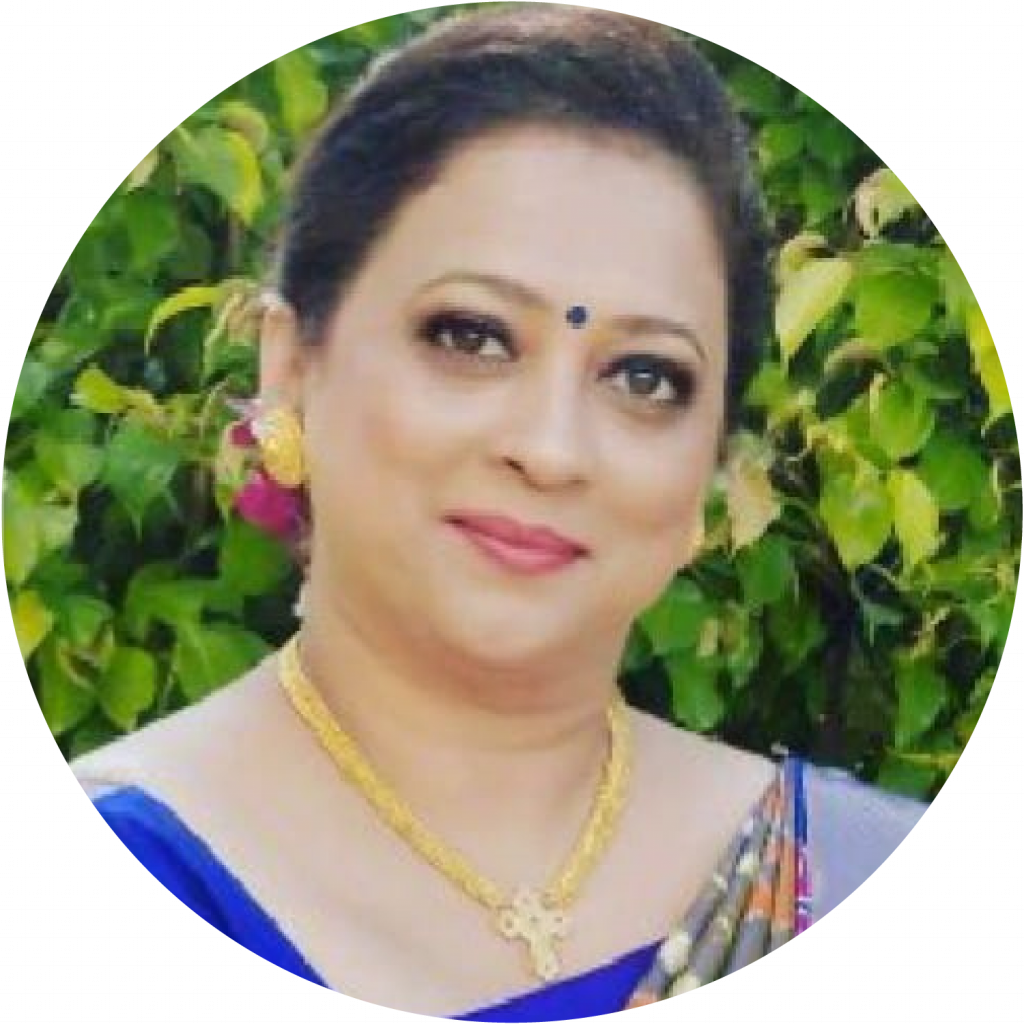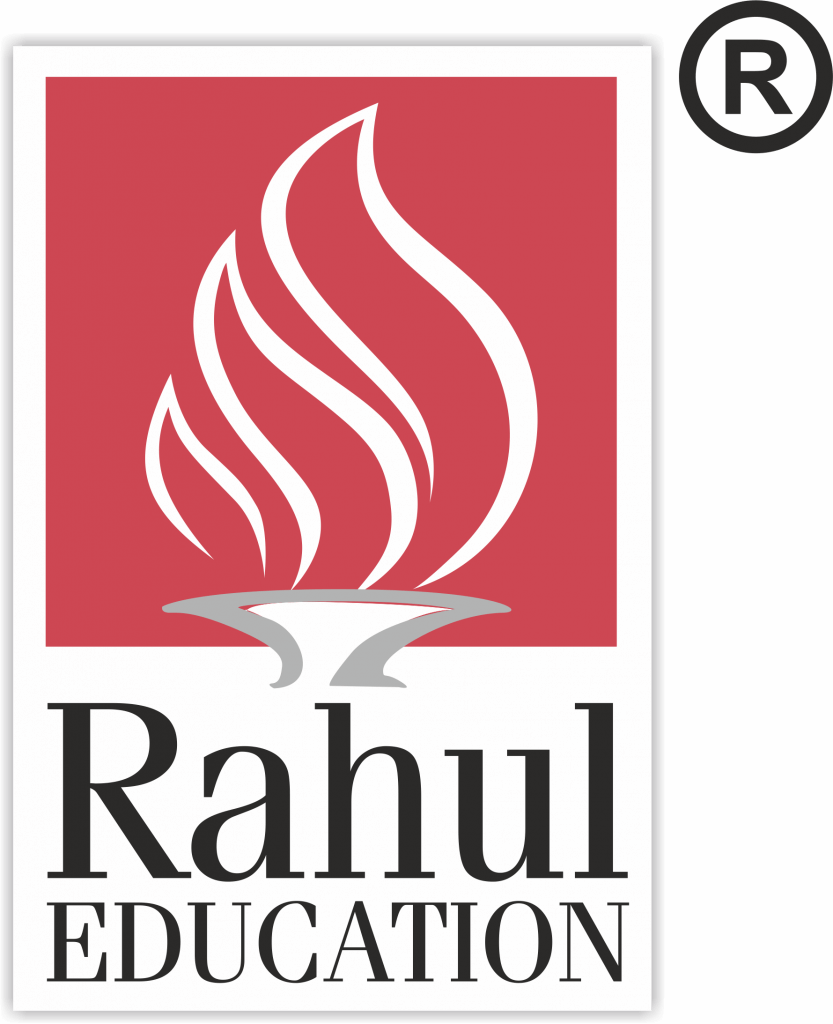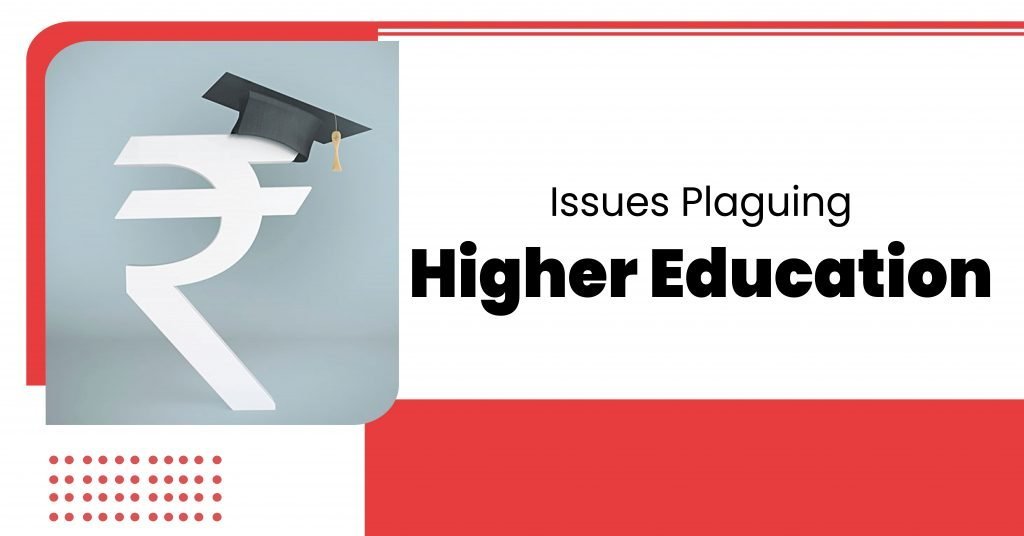Education is a process by which a person’s body, mind, and character are formed and strengthened. It is bringing of head, heart, and mind together and thus enabling a person to develop an all-around personality identifying the best in him or her. Higher education in India has expanded very rapidly in the last six decades after independence yet it is not equally accessible to all. India is today one of the fastest developing countries in the world with an annual growth rate going above 9%. Still, a large section of the population remains illiterate and a large number of children do not get even primary education. This not only excluded a large section of the population from contributing to the development of the country fully but it has also prevented them from utilizing the benefits of whatever development have taken place for the benefit of the people. After more than 70 years of independence, India’s higher education system has still not been developed fully. It is evidenced by its poor performance in institutional rankings (not a single Indian university in the top 100 universities of the world), the poor employment status of its students, poor track record in receiving national awards and recognition, and poor share in research funding and so on. Moreover, the status of state public universities that produce over 90% of the graduates in India is more dismal.
Higher education in India faces problems from income and gender disparities in enrolment to poor quality of faculty and teaching and even a general lack of motivation and interest amongst students. Industries cite skill shortage as one of the major factors contributing to the mounting number of unemployed graduates. Some of the main challenges faced by the Indian higher education system include:
Enrolment:
As per the All-India Survey on Higher Education (AISHE) report 2018 19, the Gross Enrolment Ratio (GER) in Higher education in India is only 26.3%, which is quite low compared to the developed as well as, other developing countries. With the increase in enrolments at the school level, the supply of higher education institutes is insufficient to meet the growing demand in the country. The population that is enrolled in higher education consists largely of urban metropolitan dwellers. Rural enrolment in higher education is very low. There still exists a disparity amongst different departments. Technology, medicine, and commerce are some of the areas of study that are heavily male-dominated while humanities departments show the opposite trend.
Quality:
Ensuring quality in higher education is amongst the foremost challenges being faced in India today. However, the Government is continuously focusing on quality education. Still, a large number of colleges and universities in India are unable to meet the minimum requirements laid down by the UGC and our universities are not positioned o to mark their place among the top universities of the world.
Infrastructure and Facilities:
Poor infrastructure is another challenge to the higher education system of India; particularly the institutes run by the public sector suffer from poor physical facilities and infrastructure. Faculty shortages and the inability of the state educational system to attract and retain well-qualified teachers have been posing challenges to quality education for many years. Large numbers of NET/Ph.D. candidates are unemployed even though there are a lot of vacancies in higher education.
Financing:
The inability of the state to fund the expanding higher education system has resulted in the rapid growth of private higher education. In addition, diminished governmental financial support adversely affects small and rural educational institutions. This in turn limits general accessibility to higher education, by catering to only an elite few.
Accountability and performance of teachers:
At present, there is no mechanism ensuring the accountability and performance of professors in universities and colleges. The performance audit of professors based on the feedback given by their students and colleagues should be set up. Other inputs like research paper publications by teachers should be added to the performance audit in the due time.
Inadequate Research:
There is inadequate focus on research in higher education resources and facilities, as well as limited numbers of quality faculty to advise students. Most of the research scholars are without fellowships or do not get their fellowships on time which directly or indirectly affects their research. Moreover, Indian Higher education institutions are poorly connected to research centers and to industries.
Introduction
Management of Indian education faces challenges of over-centralization, bureaucratic structures, and lack of accountability, transparency, and professionalism. As a result of the increase in the number of affiliated colleges and students, the burden of administrative functions of universities has significantly increased and the core focus on academics and research is diluted.
Faculty:
Faculty shortages and the inability of the state educational system to attract and retain well-qualified teachers have been posing challenges to quality education for many years. Large numbers of qualified candidates are unemployed even though there are a lot of Vacancies in higher education.
Accreditation:
Driven by market opportunities and entrepreneurial zeal, many Institutions are taking advantage of the lax regulatory environment to offer ‘degrees not approved by Indian authorities, and many institutions are functioning as pseudo-non-profit organizations. Students from rural and semi-urban backgrounds often fall prey to these institutes and colleges.
Politics:
Higher education is a high-stakes issue in India. It is subject to heavy government involvement. Despite the system’s lack of state funding, 15.5% of government expenditure goes toward higher education Caste-based reservations make Indian higher education an even more contested topic. While some make the case that caste-based quotas are necessary to tackle prevailing socioeconomic disparities. As a result, student activism and political organization of academic staff are widespread and Rampant. The complex socio-political nature of the education sector in India makes it difficult to implement social reform. As a result, the overall quality of education suffers.
Conclusion
The present study revealed the current scenario of higher education in India. The key challenges related India is facing various challenges in higher education but tackling these challenges and boosting higher education is of utmost importance. India is a country of huge human resource potential, to utilize this potential properly is the issue that needed to discuss. Opportunities are available but how to get benefits from these opportunities and how to make them accessible to others is a matter of concern. In order to sustain that rate of growth, there is a need to increase the number of institutes and also the quality of higher education in India. To reach and achieve the future requirements there is an urgent need to relook at the Financial Resources, Access and Equity, Quality Standards, Relevance, infrastructure, and in the end the Responsiveness.

Mrs. Sarita Almeida
B.A.|| B.Ed
School Principal at Rahul Education, Mother Mary’s English High School


